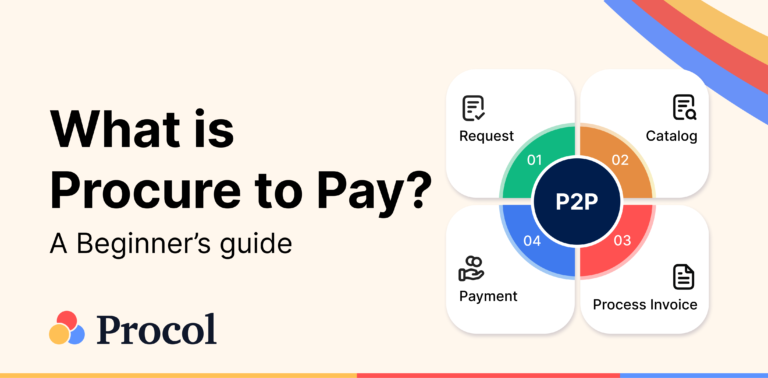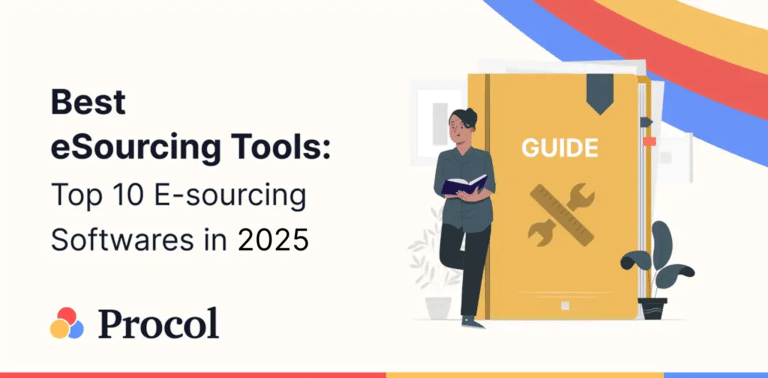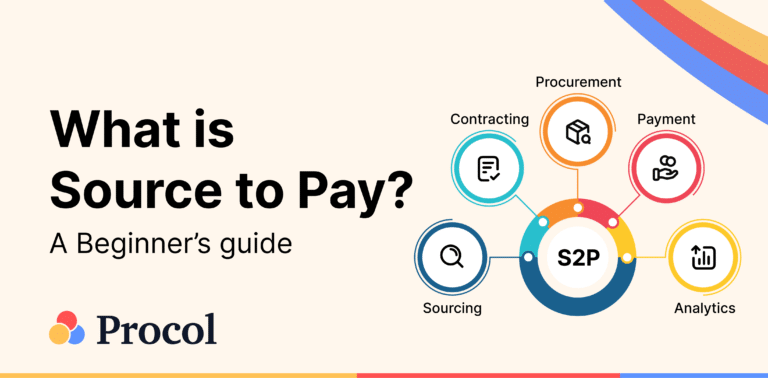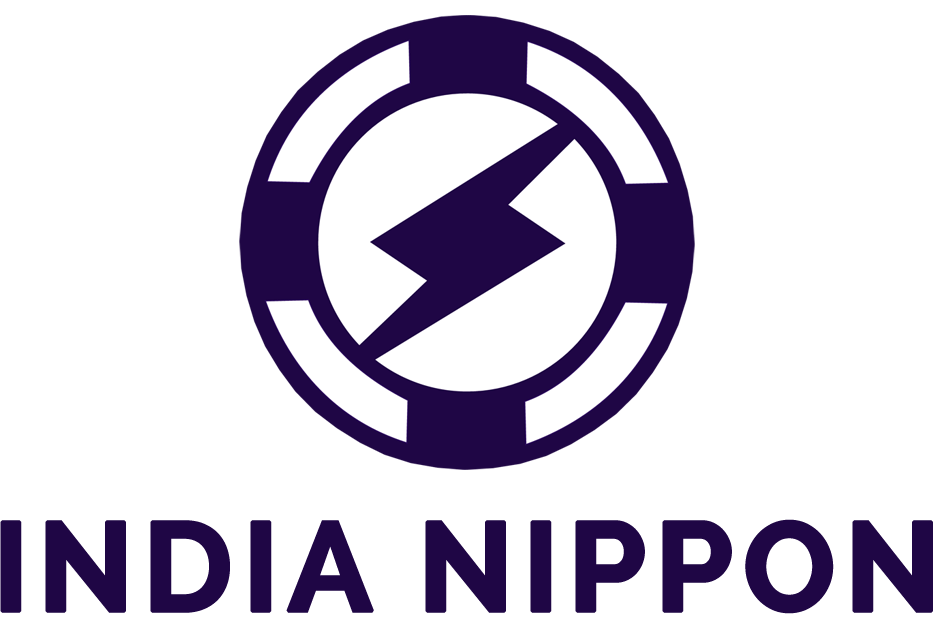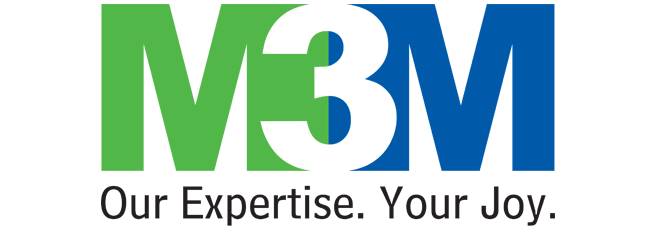What is Indirect procurement ?
The materials and services that keep the business operating, such as office supplies, facilities, utilities, maintenance services, and human resources, are called indirect procurement. Anything that a business needs in order to operate is considered indirect procurement. It shows the infrastructure expenditures necessary to keep the firm running and includes costs for labor, office expenses, and other things.
The fact that indirect procurement frequently goes unreported is one of its challenges. Businesses can optimize direct expenditure, while indirect spending, which goes toward tail spending, can be challenging to control. In large companies, indirect procurement is frequently dispersed over several sites and business divisions. However, there are substantial benefits to doing so.
Benefits of Managing Indirect Procurement
Enterprises have typically given controlling direct procurement more attention. But according to McKinsey, worldwide indirect spending has grown by 7% since 2011. The few businesses that actively handle indirect purchases benefit as a result.
According to some estimates, 15–30% of an organization’s overall spending may be attributable to indirect procurement. There may be a lot of unexplained money there. According to a McKinsey study, indirect procurement can reduce service and product costs by 10 to 15% and the human labor required to manage suppliers by 30 to 50%.
Optimizing indirect procurement increases revenue while lowering risk and ensuring compliance. Additionally, throughout a business collaboration, direct suppliers are frequently the focus of due diligence, legal checks, and monitoring that helps organizations manage reputational, regulatory, and operational risks. However, indirect procurement partners are typically not as carefully vetted and regulated.
Additionally, controlling indirect procurement gives businesses a competitive edge in the market while necessitating the creation of solid supplier partnerships. For instance, you can count on reliable partners to keep your company running when there are issues with the supply chain or a lack of materials. Businesses that maintain good relationships with their indirect procurement partners typically develop superior solutions and foresee potential problems.
How to Manage Indirect Procurement ?
Within indirect procurement, there is numerous potential for digital transformation, including:
- Intelligent spend engines: The tools collaborate with machine learning to classify and categorize spending. From databases and enterprise resource planning (ERP) systems, automated data extraction is part of it. Additionally, it features automated harmonization and classification, providing total transparency regarding analytical opportunities and the validation stage.
- Solutions for advanced analytics: These technologies can help companies find process and cost optimization opportunities.
- Platforms for online B2B purchasing: By using e-marketplaces for supplier evaluation and selection, costs can be reduced, and service quality can be increased. According to McKinsey, price cuts provide savings of 6 to 15%, while access to a broader assortment lessens a company’s reliance on specific suppliers.
- Automated procure-to-pay: Improving a procure-to-pay system with automation helps manage cash flow and supplier payments. An automated P2P technology reportedly helped businesses save 15 to 25% on most transactions and reduce processing times from days to minutes.
- Analysts suggest using a budgeting technique known as zero-based budgeting. This tactic bases indirect buy funds on need rather than past spending habits. Nothing is automatically carried over to the following budget cycle. Instead, each transaction is reviewed and justified at the beginning of the budget cycle.
Although it may seem like an inefficient technique of indirect procurement, the right budgeting tools can help firms save an additional 10–20%. Additionally, businesses can redirect wasteful spending to crucial business initiatives and drastically reduce tail spending.
Conclusion
The key to managing indirect procurement is to increase visibility by automating, tracking, and analyzing your purchases using technology, putting strict controls on indirect spending, and leveraging intelligent spending platforms to make the process simpler and more effective. You may generate more RFQs using a digital strategy, leading to more transparent and competitive bids.
